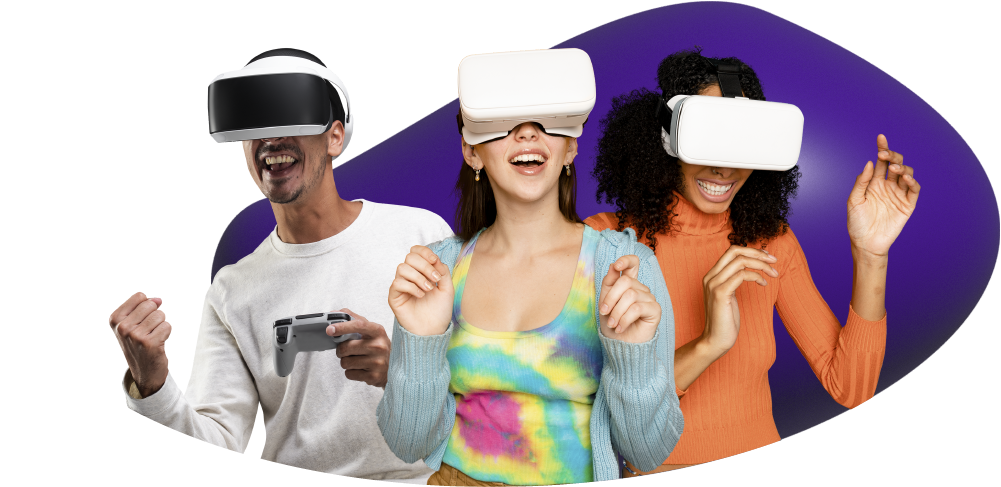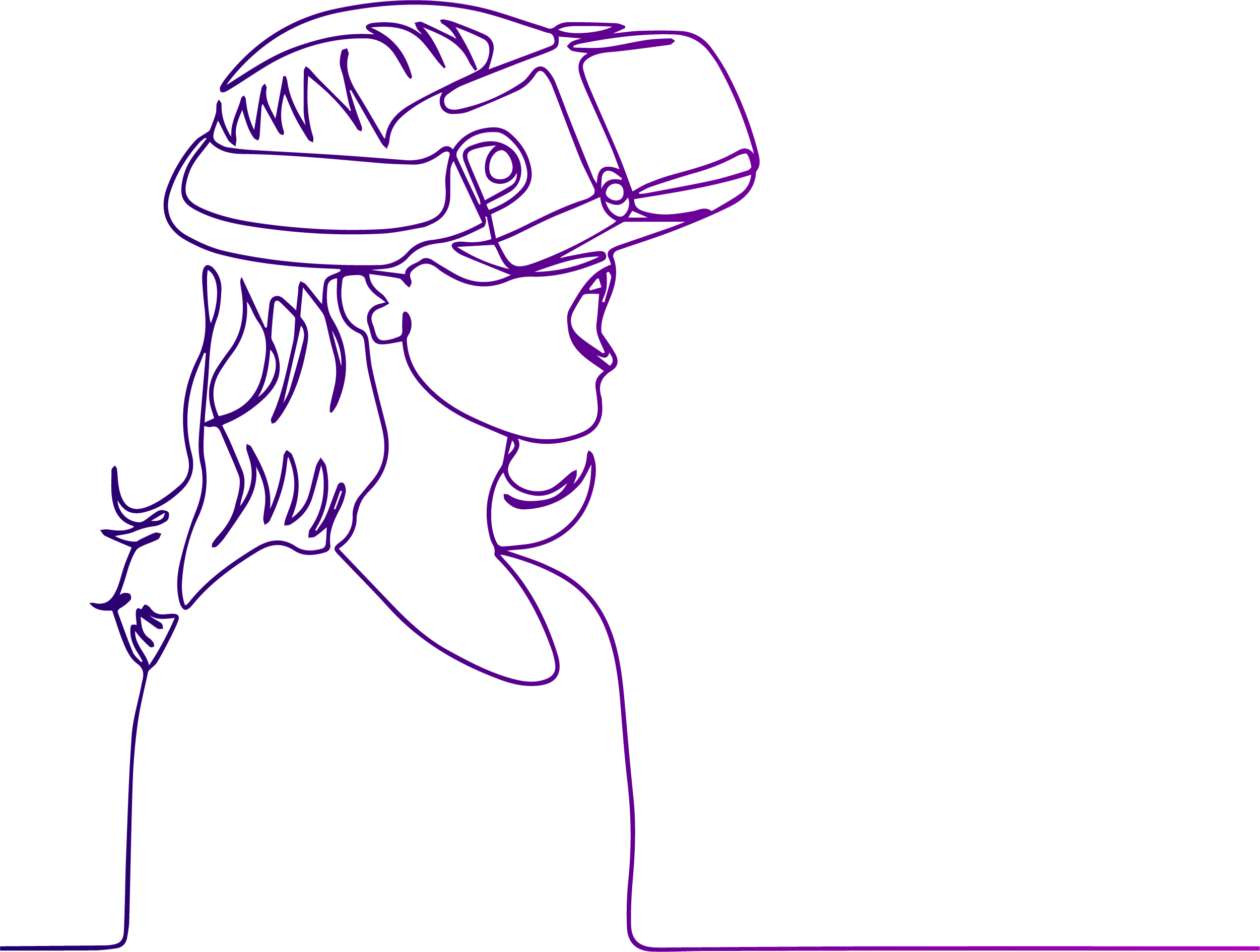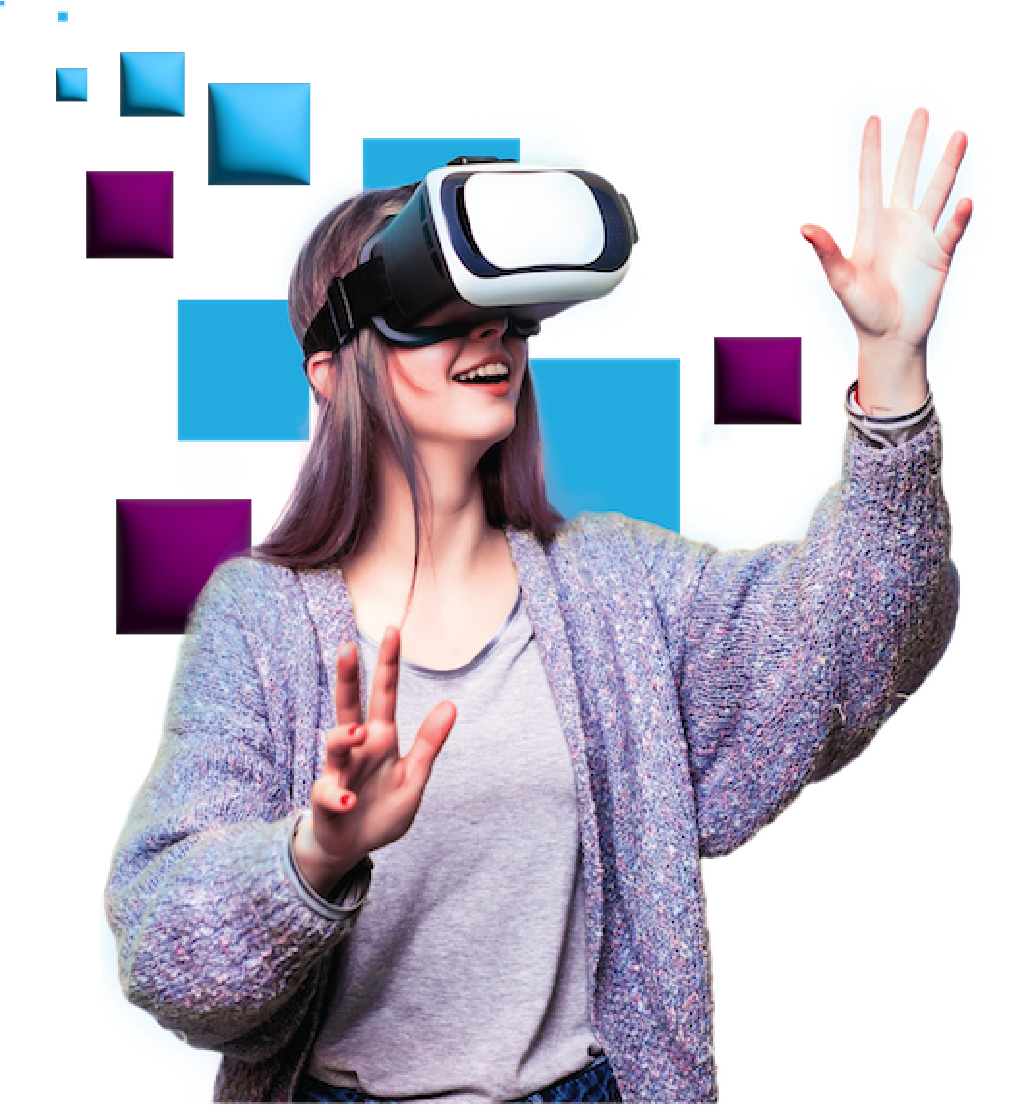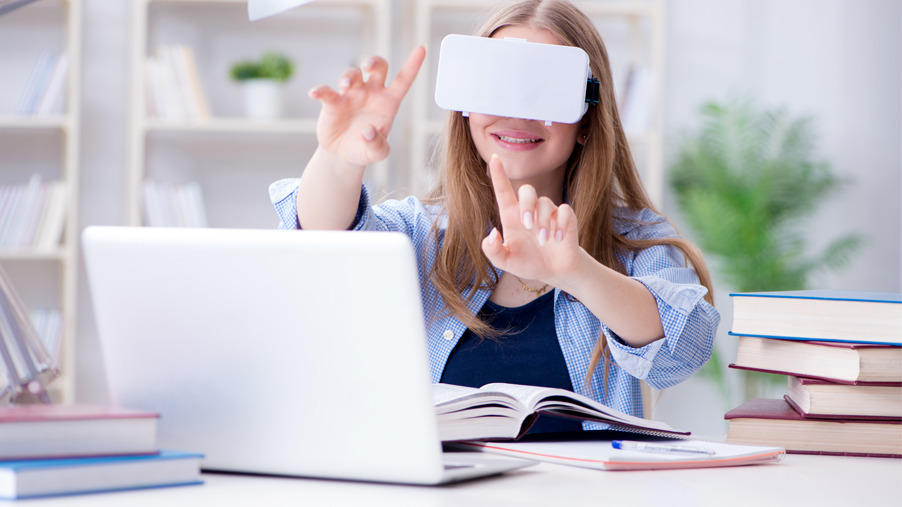Pros of Virtual Reality
The definition of virtual reality comes, naturally, from the definitions for both ‘virtual’ and ‘reality’.
Used in various fields
Better than Reality
Amazing user experiences
Connects people
Provides detailed views
Effective Communication Form
In technical terms…
Answering “what is virtual reality” in technical terms is straight-forward. Virtual reality is the term used to describe a three-dimensional, computer generated environment which can be explored and interacted with by a person. That person becomes part of this virtual world or is immersed within this environment and whilst there, is able to manipulate objects or perform a series of actions.
How is virtual reality achieved?
Although we talk about a few historical early forms of virtual reality elsewhere on the site, today virtual reality is usually implemented using computer technology. There are a range of systems that are used for this purpose, such as headsets, omni-directional treadmills and special gloves. These are used to actually stimulate our senses together in order to create the illusion of reality.
Types Of Virtual Reality
There are three main types of virtual reality used today to transform the world around us, including non-immersive, semi-immersive, and fully-immersive simulations.Who invented virtual reality?
The first virtual reality headset was created in 1968 by American computer scientist Ivan Sutherland and his student, Bob Sproull.
Get Involved in the New World





